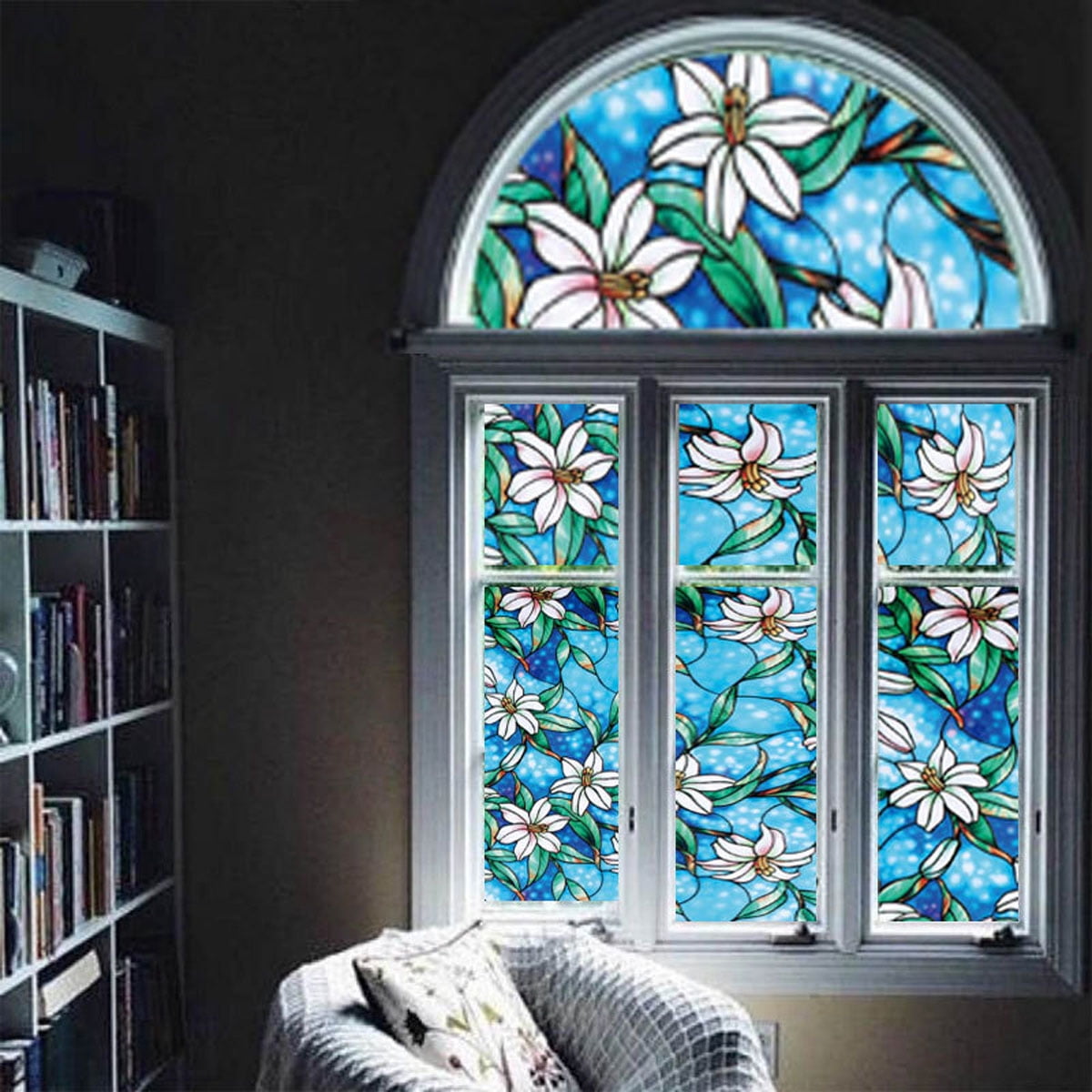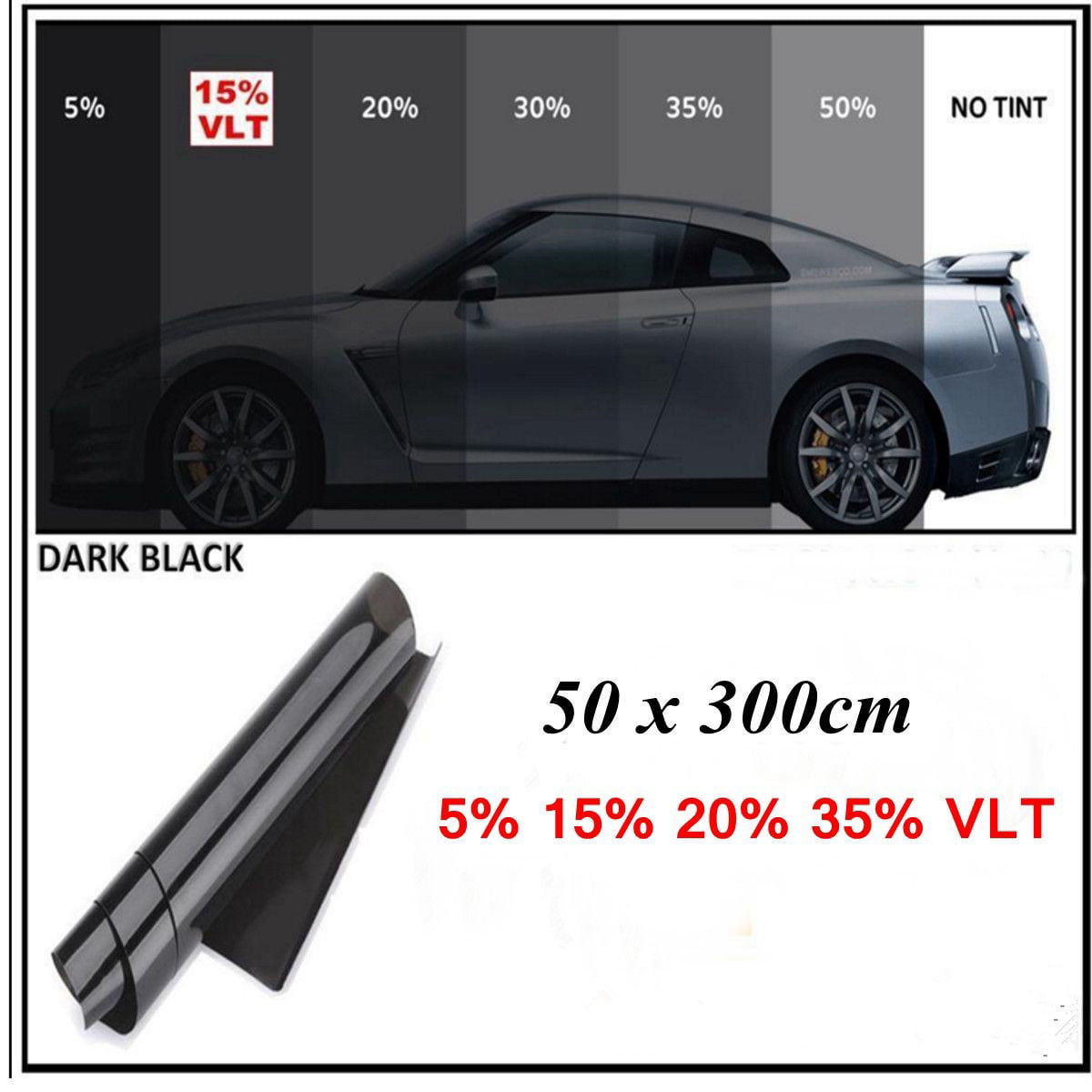
It gives off a darker appearance without sacrificing visibility. If you’re looking for a stylish and smooth look for your mobile car, the best window tint percentage is 35. It blocks half of the light, thus reducing glare and eye strain. This law also applies to the rear window unless the vehicle has. A car window tint percentage of 50 is effective in keeping out UV rays and heat. Seventy percent or more of the light from the outside must pass through the window.
#Window tint percentages by state professional#
Any person who installs window tinting materials in this state for profit, barter, or wages or commissions is defined as a professional installer for the purposes of this.
#Window tint percentages by state windows#
The windshield and front side windows cannot block more than 30 of the light. With the exception of the manufacturers standard installed shade band, reduces the visible light transmittance in the windshield below seventy percent (70). (upper 5 inches or to AS-1 line) VLT tint or 70 percent tint on the entire windshield. Here are the details at a glance for passenger vehicles: Front Side Windows: Must allow more than 50 of. For more details about the specific terms of the exemption, consult your state law. Section 375 (12-a) of the NYS Vehicle and Traffic Law does not allow a windshield or front side windows that are dark. In Virginia, there are specific VLT tint percentages () you must follow to abide by state laws and prevent any fines.

We have compiled the following reference for your convenience, but for the most up-to-date tinting laws, check with your local law enforcement agency.

State allows medical exemptions for special tint. For safety, each State sets limits on the Visible Light Transmission (VLT) that must be allowed to pass through car window film. In Kansas, this percentage refers to percentage of visible light allowed in through the combination of film and the window. These laws take the form of percentages of darkness and. The sticker to identify legal tinting is required between the film & glass on the driver’s side window. You may already know that each state in the country has its own individual set of window tint laws. Ask your dealer if they are using ceritified film. Manufacturers of film need to certify the film they sell in the state. The tint color(s) of RED are not legal by state law.ĭual side mirrors are required if back window is tinted. What Are Some Other Window Tint Rules in Washington State? Restricted Colors

Similar to sunglass lenses, some tinting film contain metallic elements that help in reflecting incoming light and reducing the glare and heat generated by visible light. How Reflective Can Window Tint Be in Washington State? Non-reflective tint is allowed on the top 6 inches of the windshield. In Washington, this percentage refers to the percentage of visible light allowed in through the combination of film and the window. How Dark Can Window Tint Be in Washington State?ĭarkness of tint is measured by Visible Light Transmission percentage (VLT%). We provide custom window tint solutions for residential and commercial situations. Return to our homepage to schedule an appointment or to view online services. Window tinting laws vary from state to state and you should always thoroughly review the appropriate state regulations to make sure that you are in compliance with all applicable rules. Professional window tinting in New Jersey by Tri-State Window Tinting. State of Connecticut Department of Motor Vehicles. Washington Window Tint Law Washington Tint Law Enacted: 1993


 0 kommentar(er)
0 kommentar(er)
